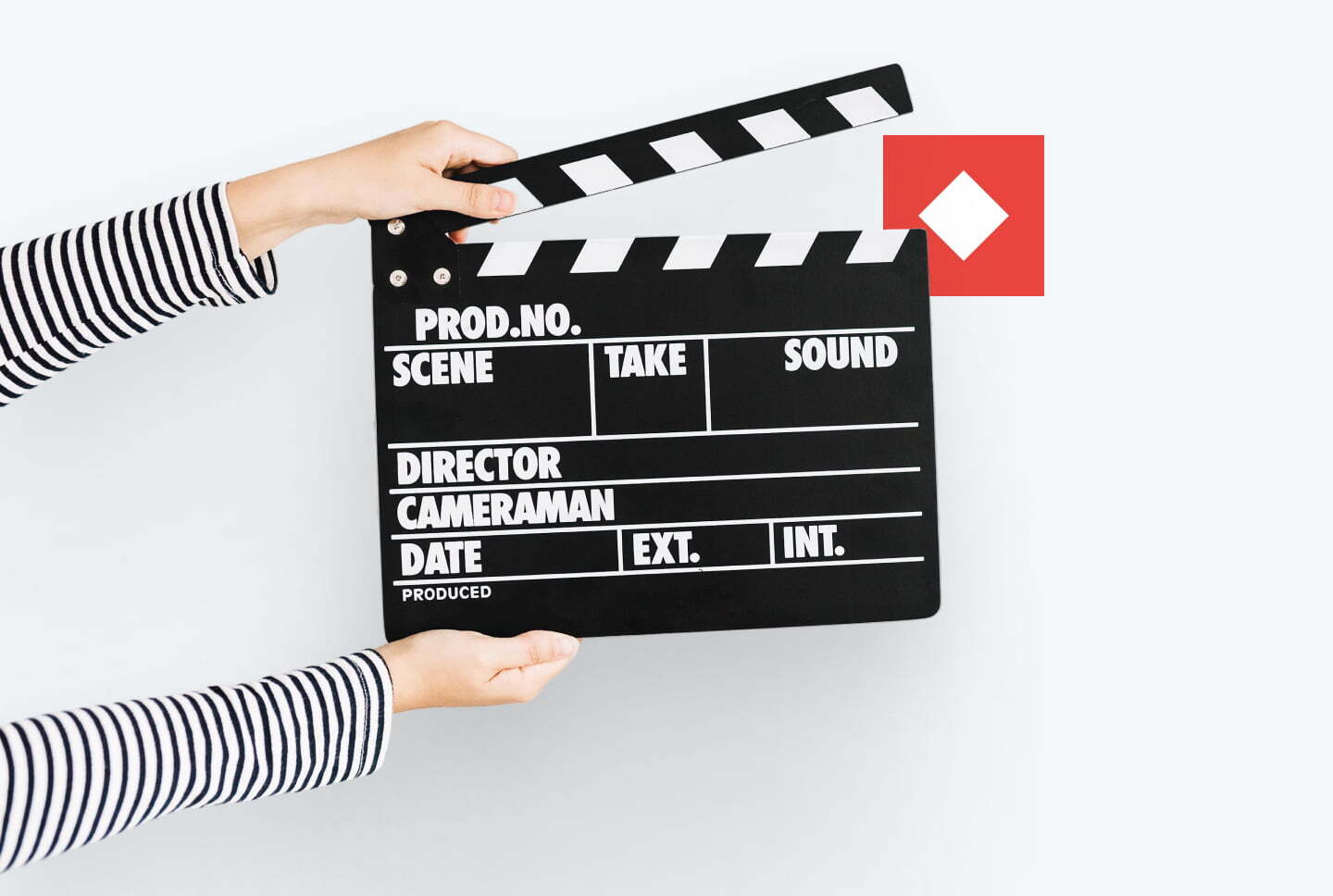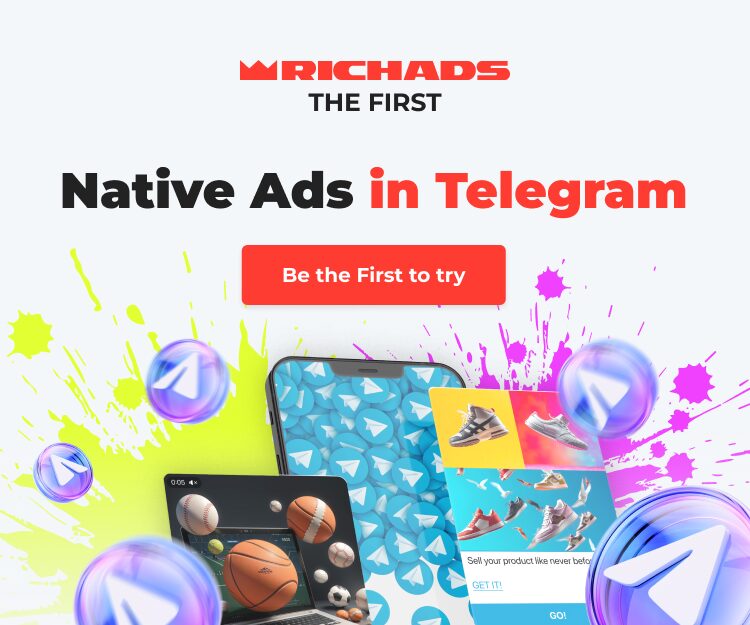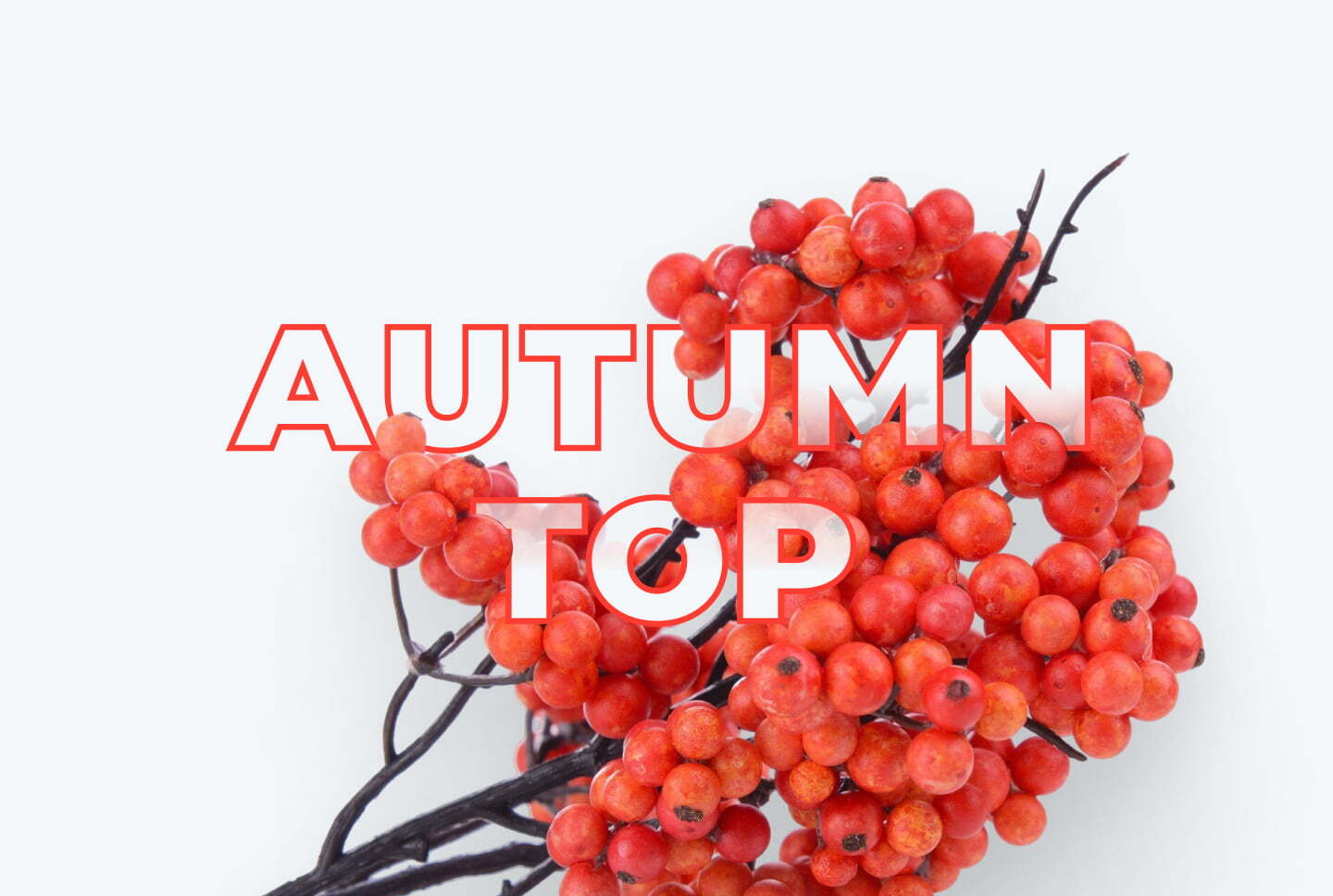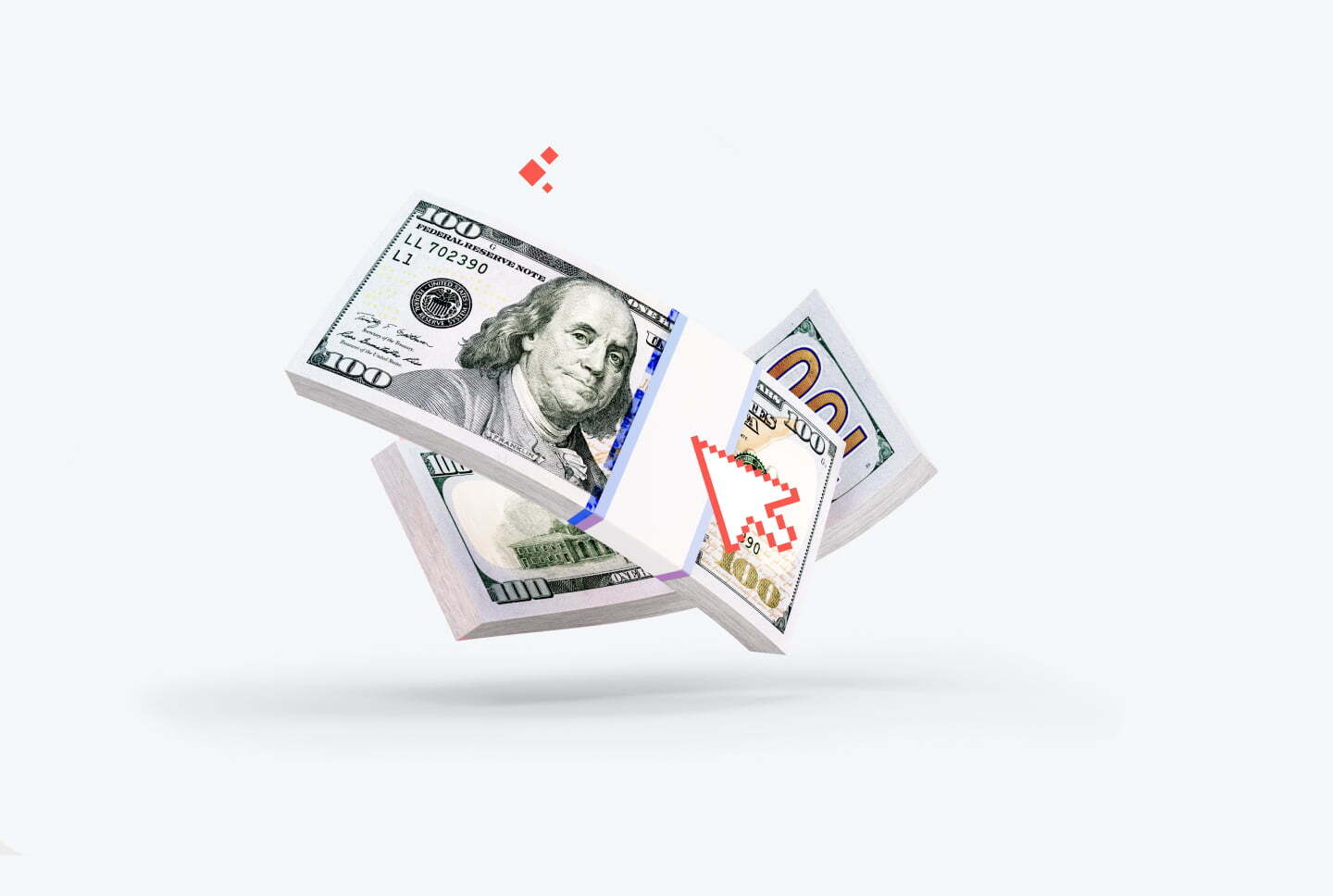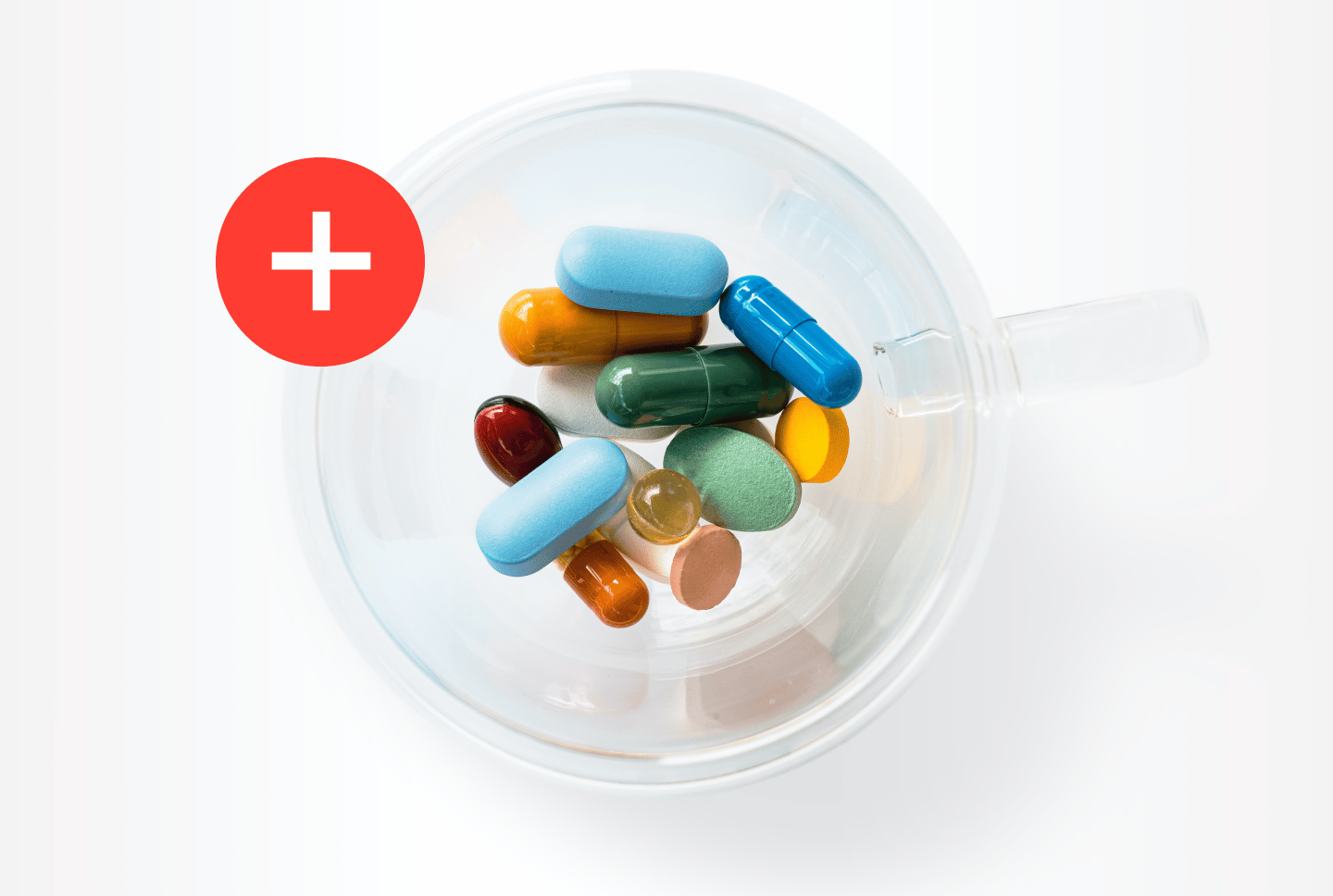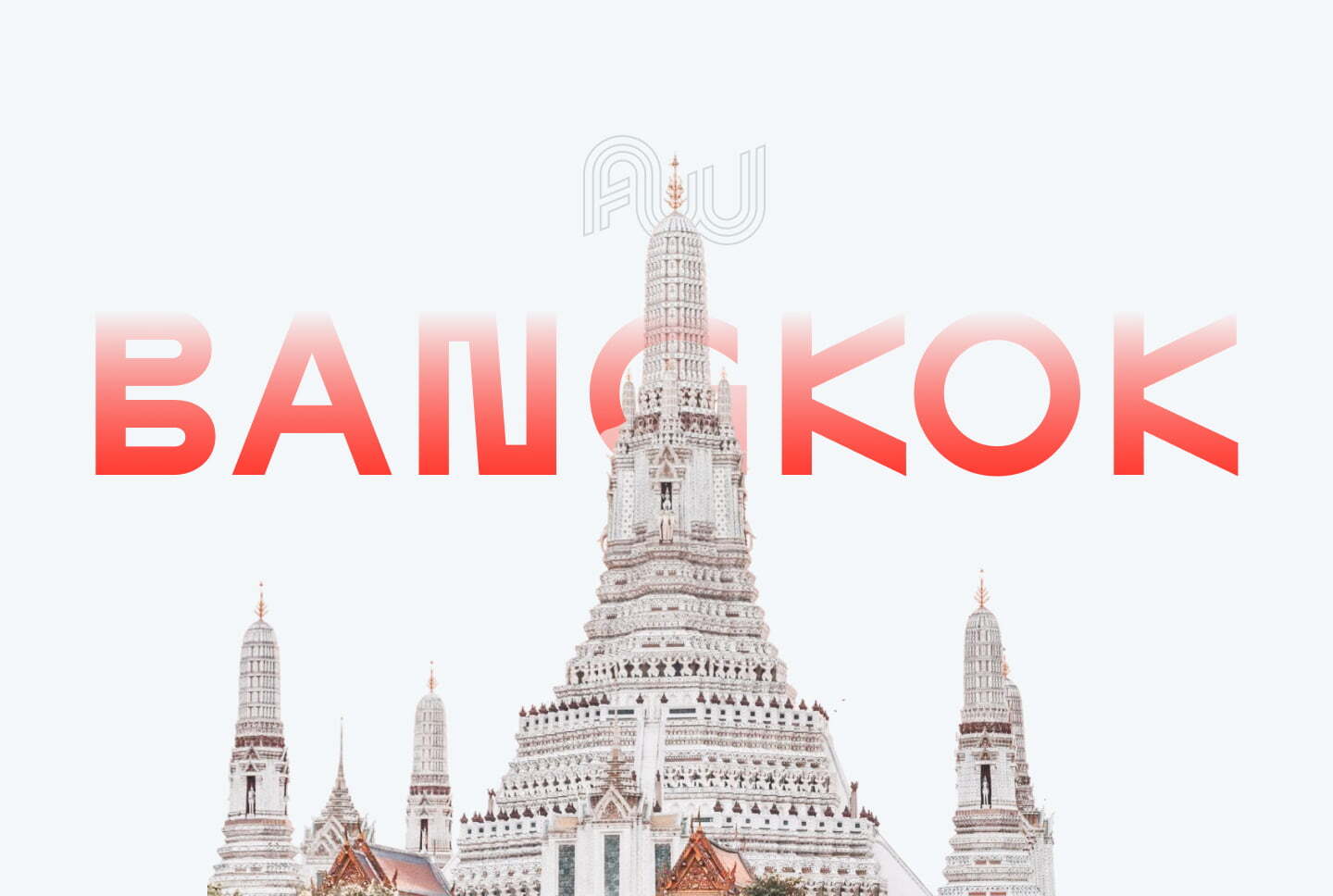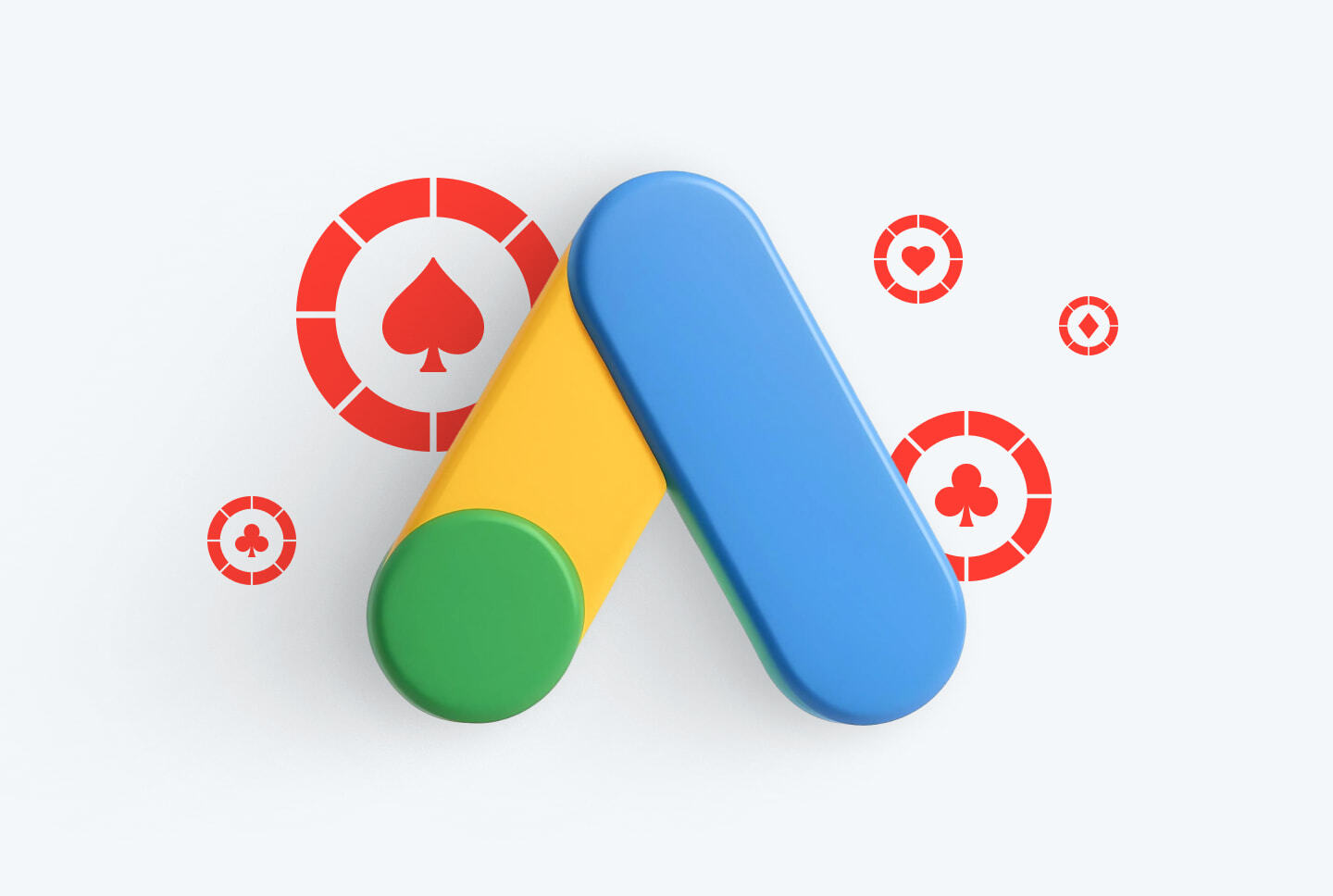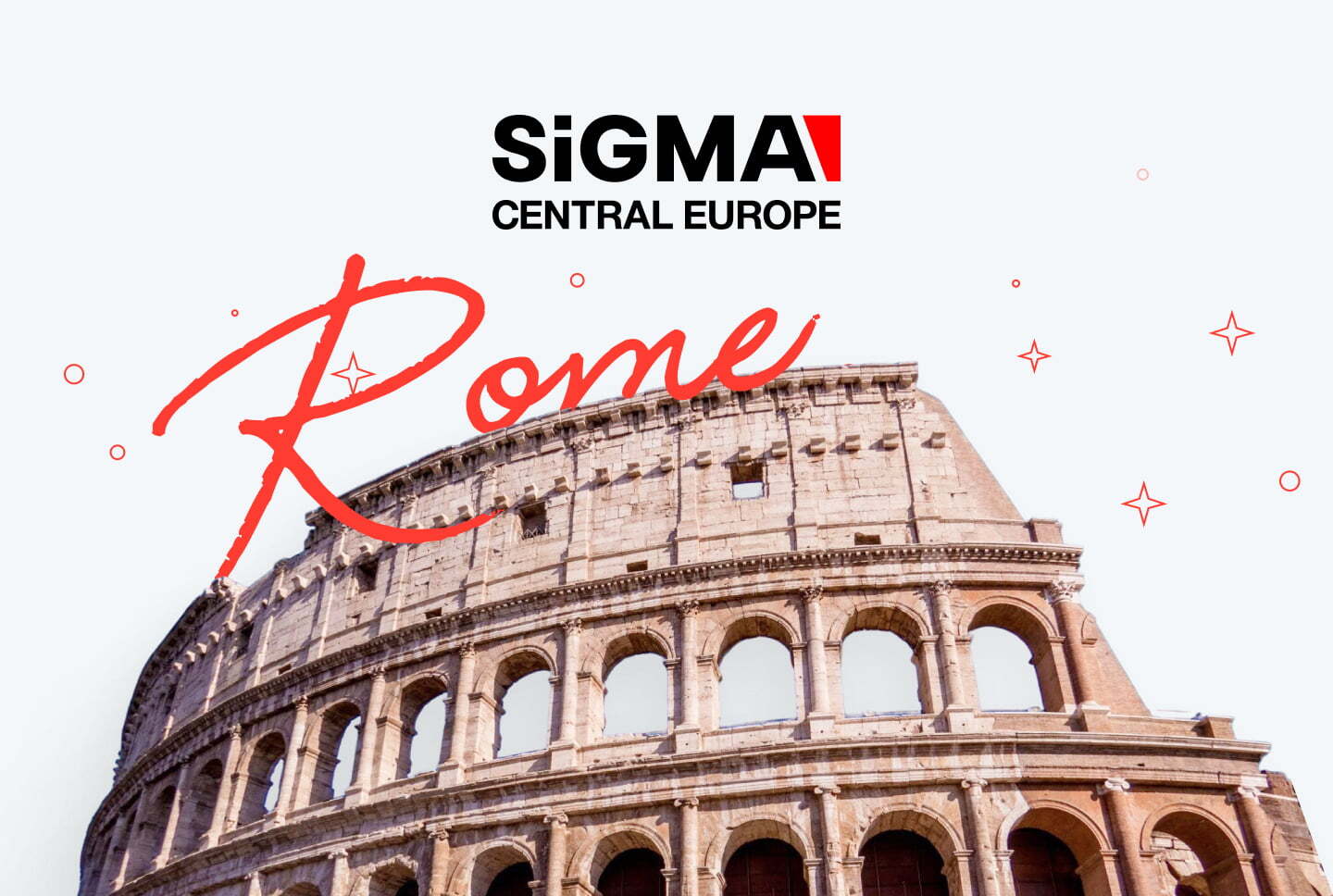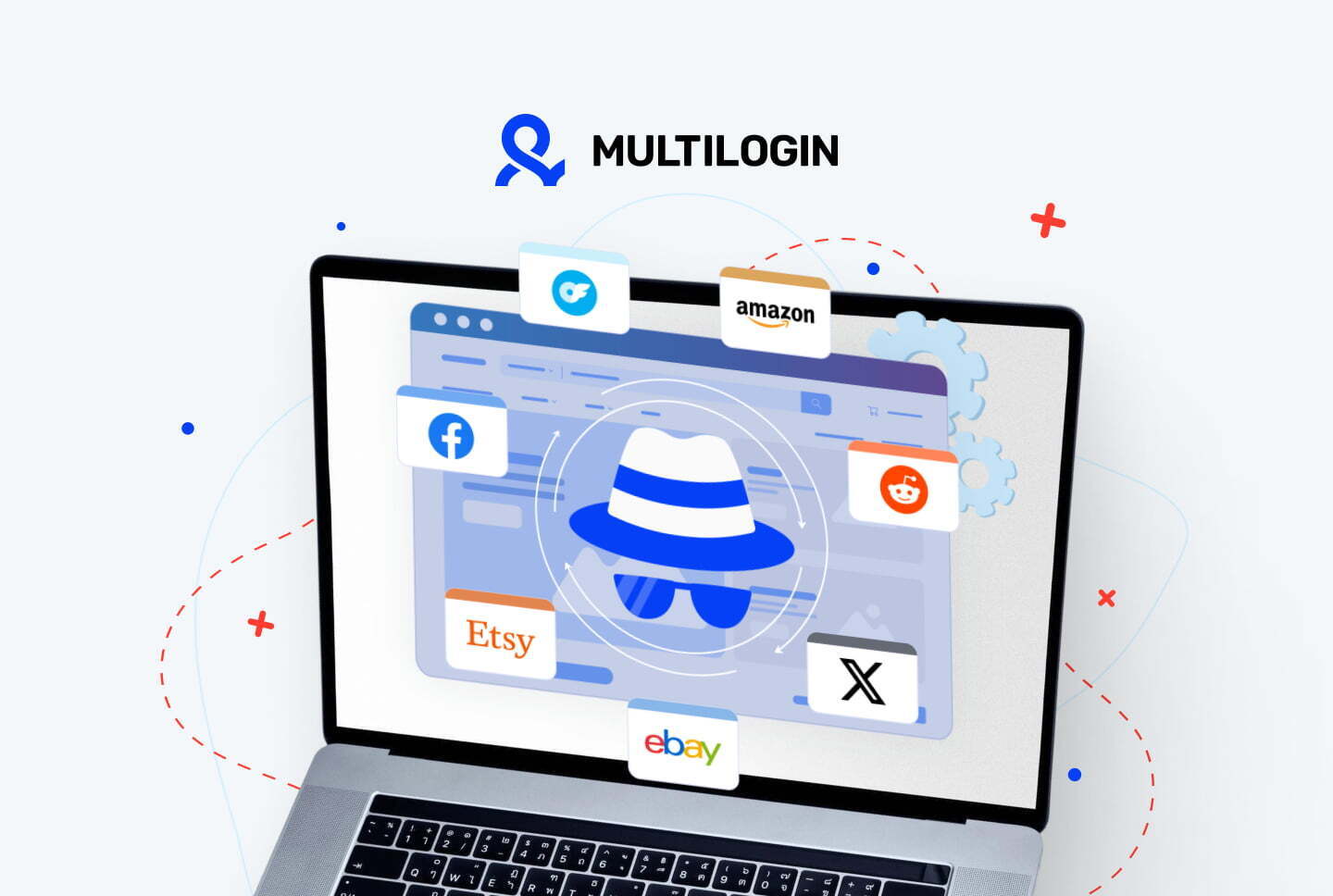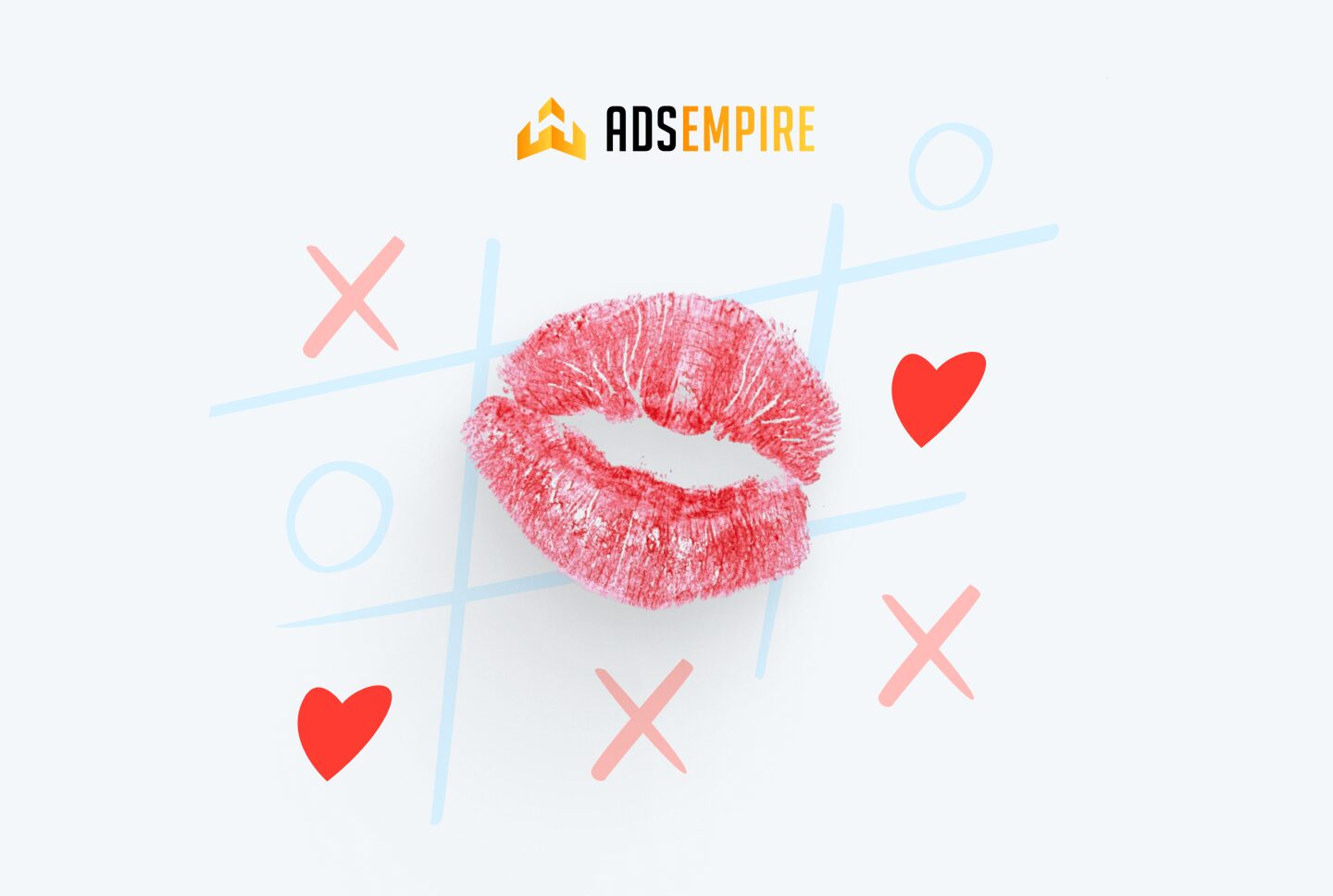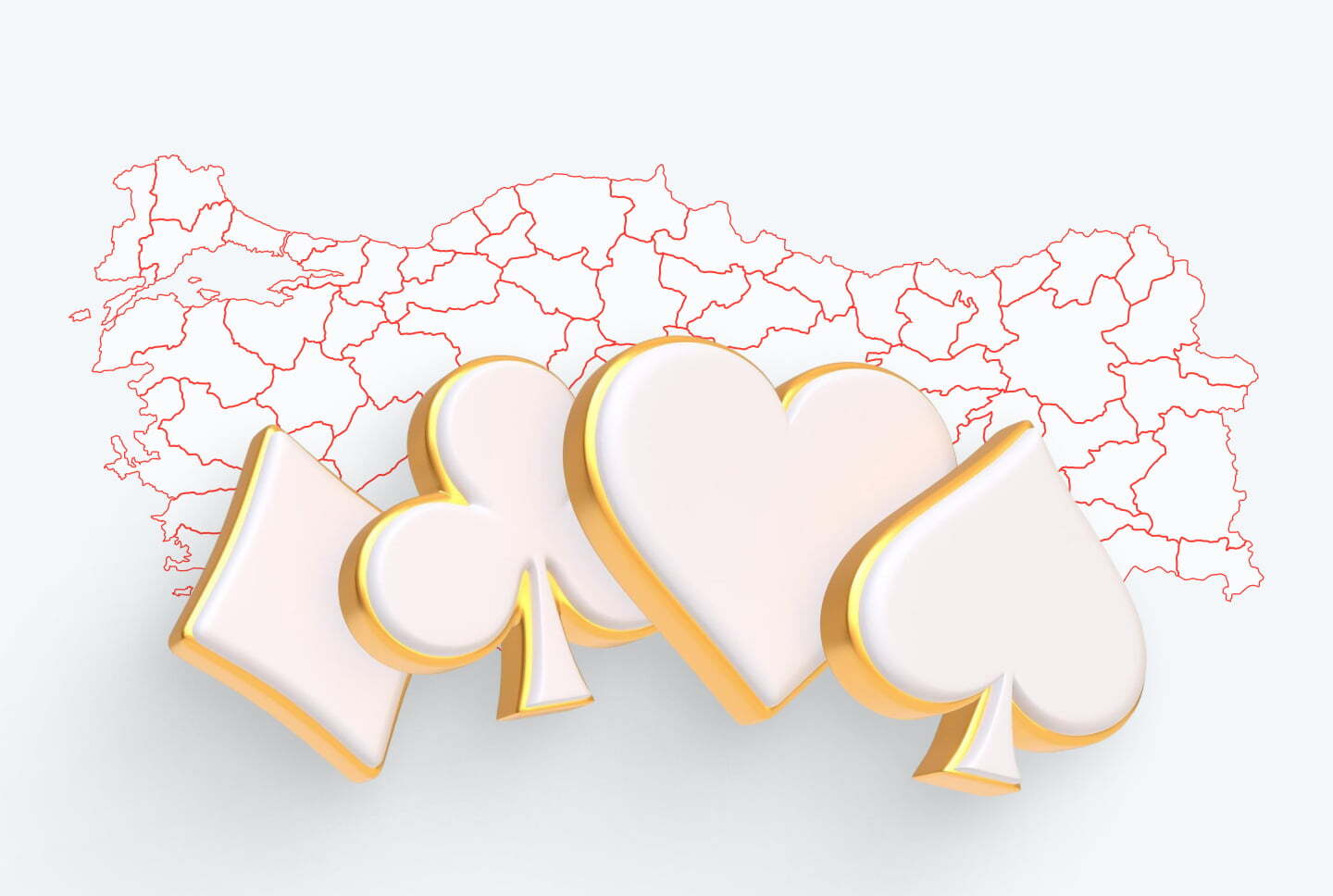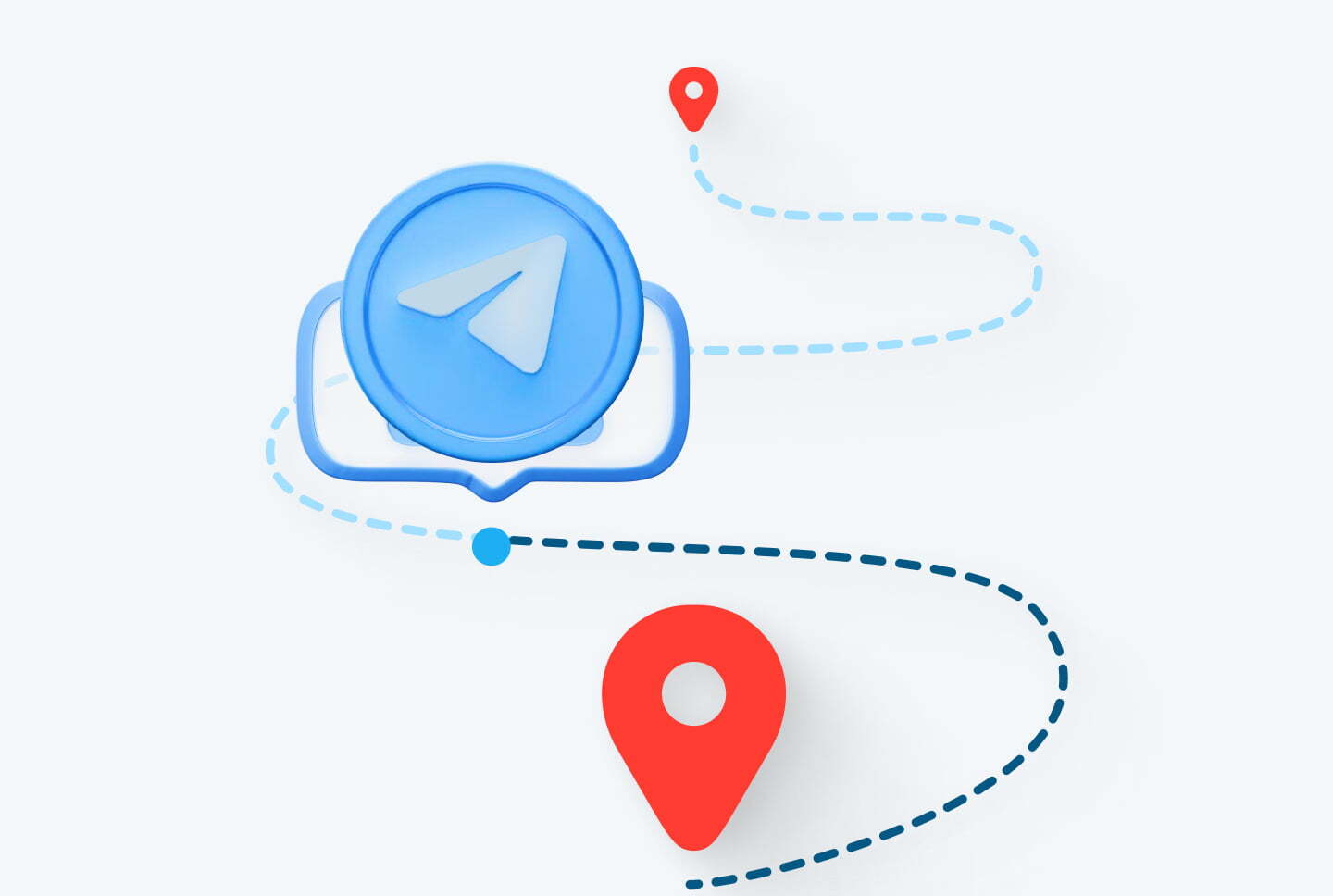1. What is native traffic?
You must have seen the best native advertising examples while scrolling your favorite websites. At first glance, it looks like the editorial content itself. But actually, this material is created for particular websites. That’s why affiliate marketers call it “native”.
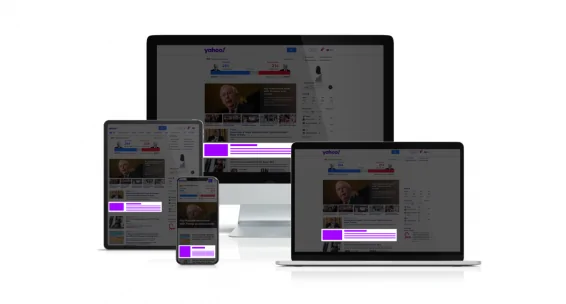
What is RichAds?
Ad network for telegram ads,
high quality push and popunder ads,
domain redirect, native and display traffic source,
buy push ads at $0.005 (CPC), pop ads at $0.5 (CPM),
domain ads costs start from $1.5 (CPM), native ads — from $0.001 (CPC),
ad network offers large volumes of traffic in more than 200 geos from Tier 3 to Tier 1.
2. Why is native content so popular among advertisers?
They are in high demand among affiliate marketers of all niches. Why?
- They are information-based. Native banners focus not on the product itself but on the interesting content such advertisements can give users.
- They lure your target audience.
- They help to avoid banner blindness. Users do not perceive this type of ads as a marketing strategy. That is why the CR is quite high.
- They help to circumvent ad blockers. Ad-blocking software considers native ads as website content not so aggressive as other ad types.
3. I don’t know whether native ads are relevant to my business/offer. What about the verticals?
There are lots of verticals where native ads perform effectively and show great results.
Here are some of them:
- Antivirus;
- Gambling;
- Finance;
- Dating;
- Nutra.
4. There are many GEOs for different advertising budgets. How to choose the best one to launch a native ad campaign?
It all depends on your budget. If it is unlimited we recommend choosing countries from Tier 1. The audience is more solvent here and you will get high-quality leads. For newbies, we recommend geos from Tier 2 and 3. You will avoid high competition and will not pay much for native traffic.
Here are geos popular on RichAds for native ads: USA, ZAF, IDN, VNM, BRA, SGP, ITA, JPN, ESP, CHN.
Learn about all the current trends on promoting, including for native traffic, in our monthly updated article on the best geos and verticals at RichAds!
5. Creatives are a crucial part of the native ad campaign. Are there any tips to make them as successful as possible?
Headline
Start with a question. It will intrigue the audience and give them food for thought. You can include your target audience in the headline. For example, use the names of some social groups. People are likely to click if they feel like part of ads. Make your message clear. The users will not click your advertisement if they don’t understand its meaning.
Body text
Connect native materials to the content of your offer page. Prepare a summary to make users click and go to the offer itself. If your headline was in the form of a question don’t forget to answer it in the description. We also recommend using CTA-buttons to engage users and increase CTR.
Image
Use quality images with high resolution. You can choose images on Shutterstock, Getty, or other special websites. Add some elements yourself to make the creatives unique. Remember that they are another way to translate your ads. You can include the target audience and summarize the content via choosing the right visuals.
6. Are native ads divided into different types? What are they?
There are a set of ad types for different websites and platforms. Here are some native in-app and web advertising examples:
- Recommendation Widgets. They are usually located at the end of the media article.
- In-Feed Units. They are included in the natural environment of the publication. These ads are marked as sponsored recommendations.
- Promoted Listings. Usually, this type is used on e-commerce websites. Such listings make sponsored content look like the real website’s products.
- Display Ad with Native Elements. It’s a usual ad type that has a strong connection with the editorial content.
- Custom Formats. It’s a type of contextual ads that may not fit in some specific format.
What is RichAds?
Ad network for telegram ads,
high quality push and popunder ads,
domain redirect, native and display traffic source,
buy push ads at $0.005 (CPC), pop ads at $0.5 (CPM),
domain ads costs start from $1.5 (CPM), native ads — from $0.001 (CPC),
ad network offers large volumes of traffic in more than 200 geos from Tier 3 to Tier 1.
7. What is the difference between native ads and content marketing?
The main goal of native advertising is to make in-feed content as a part of the monetization strategy. Content marketing is not about making money. It helps to build brand image and communicate with customers without any selling tricks.
In the previous point, we’ve listed the types of native ads. But what about content marketing? You can use blog posts, videos, infographics, guides, podcasts, case studies to build an effective content marketing strategy.
Native content makes everything to lead the user to the next step of buying a product. But this content aims to create an emotional connection between the brand and the user. You can tell a story giving useful information.
8. I want to place my ads on mobile apps. Is it possible with native campaigns?
Launching a native ad campaign choose between web or in-app formats.
Moreover, in-app native ads have some advantages you can’t miss.
- This format is new, so it will be much easier to get conversion and high CTR.
- Be sure that you get an only real audience – users of an app.
- Avoid banner blindness with these customers who see in-app native ads very rare.
- Besides, in-app native content pass strict moderation that helps to support brand safety.
9. How can I optimize my native campaign after start?
Native campaigns always need competent optimization. It helps to upgrade your campaign and attract a fresh target audience.
The easiest way to optimize a native campaign is to work with creatives. You can prepare a lot of different options and update them from time to time. Don’t forget that creatives tend to burn out and result in a CTR drop. In RichAds, you can optimize your native ads according to such parameters as Device, OS, and Browser language.
10. Can I target my native ad campaign?
Targeting is an essential part of any campaign settings.
In RichAds, you can target users of your native campaign by geo, device, carrier, browser language, and other parameters.
In order to improve your campaign performance use advanced settings and test Automated rules, Whitelists or Blacklists, and Micro bidding flagship features.
What is RichAds?
Ad network for telegram ads,
high quality push and popunder ads,
domain redirect, native and display traffic source,
buy push ads at $0.005 (CPC), pop ads at $0.5 (CPM),
domain ads costs start from $1.5 (CPM), native ads — from $0.001 (CPC),
ad network offers large volumes of traffic in more than 200 geos from Tier 3 to Tier 1.



